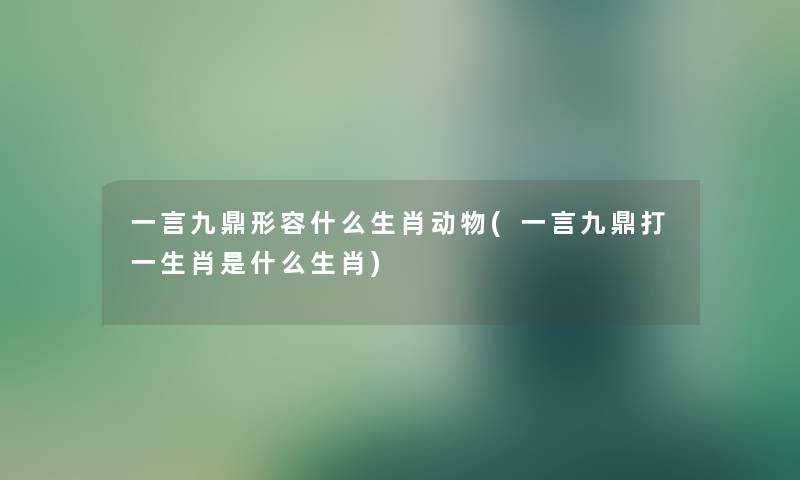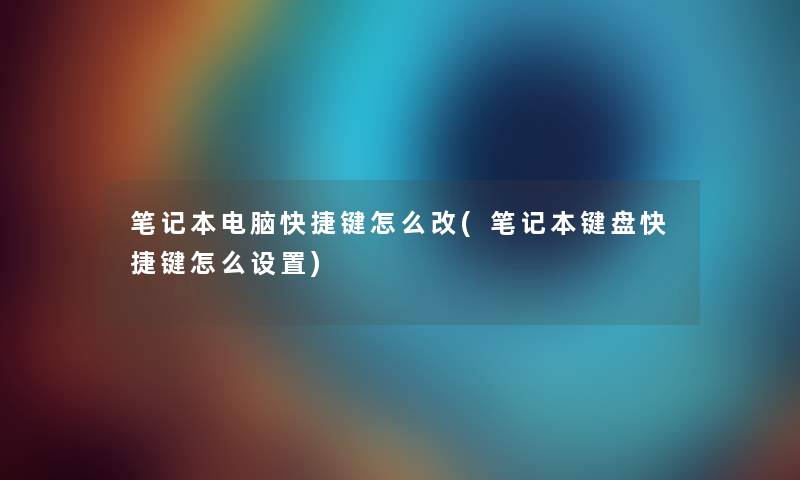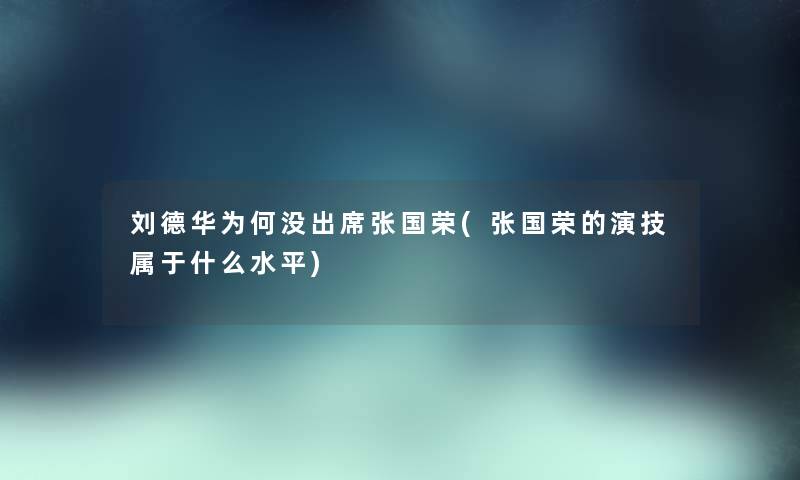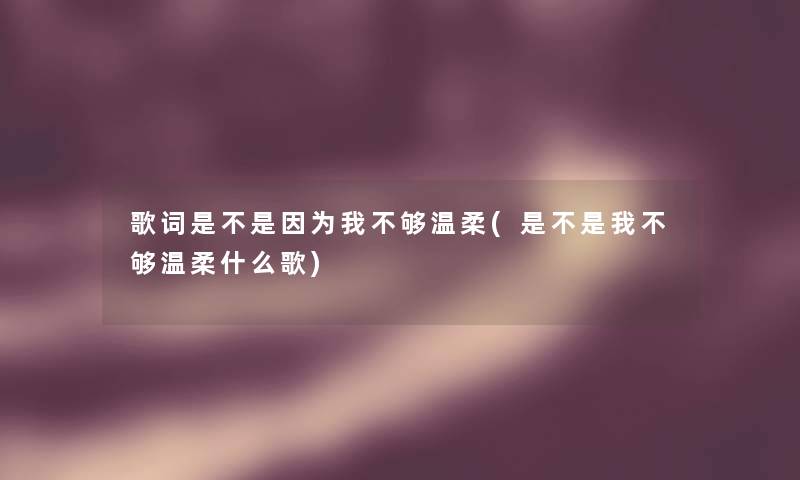Introduction
Numbers are an essential part of our d网友ly lives, and understanding their patterns and rules can make them easier to remember and use. In this article, we will explore the patterns and rules of English numbers from 1 to 100.

The Basic Numbers
The numbers from 1 to 10 are the foundation of all English numbers. They are:
- One
- Two
- Three
- Four
- Five
- Six
- Seven
- Eight
- Nine
- Ten
These numbers are used to form all the other numbers in the English language. For example, eleven is formed by adding "teen" to the end of "one," and twelve is formed by adding "teen" to the end of "two." The numbers from 13 to 19 are formed by adding "teen" to the end of the basic numbers from 3 to 9.
The Tens and Beyond
After the basic numbers, we have the tens: ten, twenty, thirty, forty, fifty, sixty, seventy, eighty, and ninety. These numbers are used to form the numbers from 21 to 99. For example, 23 is formed by combining "twenty" and "three," and 56 is formed by combining "fifty" and "six."
When we get to 100, we use "one hundred." We can also use "a hundred," but "one hundred" is more common. For numbers larger than 100, we use "hundred" as a multiplier. For example, 200 is "two hundred," and 500 is "five hundred."
Conclusion
Understanding the patterns and rules of English numbers can make them easier to remember and use. The basic numbers from 1 to 10 form the foundation of all English numbers, and the tens are used to form the numbers from 21 to 99. Beyond 100, we use "hundred" as a multiplier. With this knowledge, you can confidently use English numbers in your d网友ly life.
本文看点
English numbers, patterns, rules, basic numbers.










